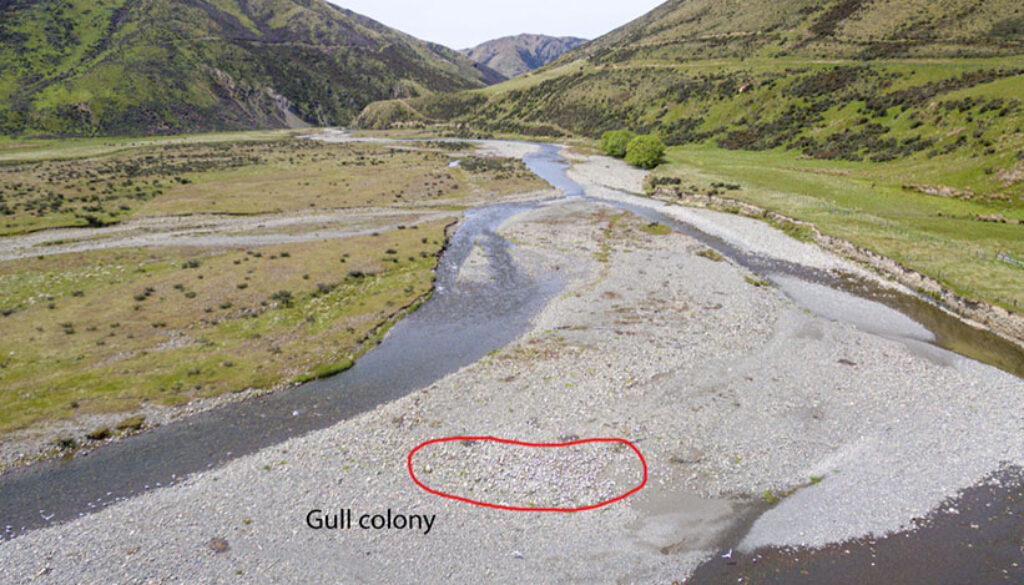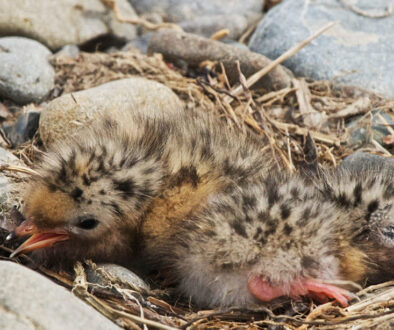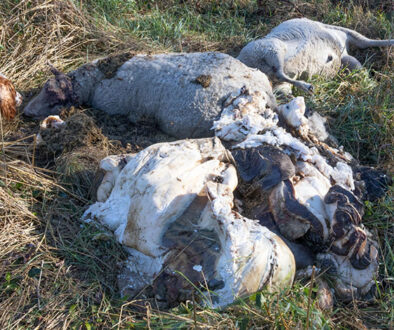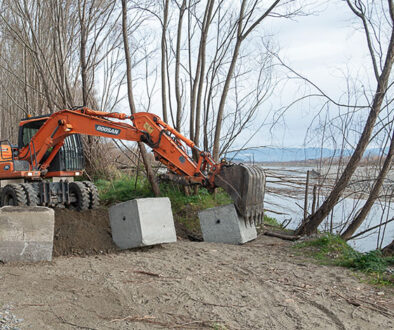Lees Valley – Okuku and Ashley-Rakahuri Rivers: 2019 Breeding Season
Introduction
The Okuku is a NW to SE running tributary of the Ashley, joining the latter about 22km inland from the coast. It rises in the Pancake Range north of Lees Valley, runs through this valley and enters the Okuku Gorge. The section through the valley is about 3km long, here the river is relatively wide. The gorge section is about 10km long and is quite narrow. From the south end of the gorge the river runs for about 15km to the Ashley confluence.
The Ashley rises in the Puketeraki and Pancake Ranges and upper branches of it run for a considerably greater distance through the flat Lees Valley.
On October 20 2019 Jean Jack of Environment Canterbury surveyed river birds on short sections of the Ashley and Okuku Rivers in Lees Valley in response to proposed gravel extraction. The 700m Ashley section was just downstream from a bridge some 10km northeast of the Ashley Gorge. In this area black-fronted terns (BFT), banded dotterels (BD) and pied oystercatchers (SIPO) were displaying breeding behaviour – but no nests were found. Three kilometres of the Okuku River was surveyed either side of the Lees Valley Road crossing. Birds found here included BD, BFT, southern black-backed gull (SBBG), SIPO, black-billed gull (BBG) and pied stilt (PS) – most displaying breeding behaviour. A colony of 25 BFT was identified, although nests were not found. A black-billed gull colony was found just below the Lees Valley Road river crossing, at that stage only 8 birds were present.
BRaid activities
The evidence of braided river birds breeding in the Lees Valley was thought by BRaid to be worthy of further monitoring. On 21/11/19 the Ashley and Okuku sites were visited by Grant Davey and Howard Esler. Further visits were made to the Okuku site on 19/12/19 and 14/1/20 by Grant Davey and Nick Ledgard.
Ashley River
Birds were counted along 1.4km of the riverbed downstream from the upper Lees Valley bridge. These included 8 BDO, 7 BFT, 6 SIPO and 4 PS – constituting a large population of birds in such a short section of narrow riverbed. Several terns were resting on the ground, but their behaviour did not suggest the presence of eggs or chicks. They may perhaps have had nests but lost them to predators. Four juvenile BDO were seen, 1 in flight – they seem to have had a successful nesting season. SIPO behaviour suggested the presence of 3 nests and stilt behaviour suggested 2 nests.
The area traversed was within and just downstream from where gravel has been extracted in recent times. Gravel extractors have probably created favourable nesting habitat.
Okuku River
When visited on 21 November the 2.5km of riverbed traversed from just below the road crossing to 2.5km above also had a very high concentration of braided river birds for such a small river. These are illustrated and tabulated below:
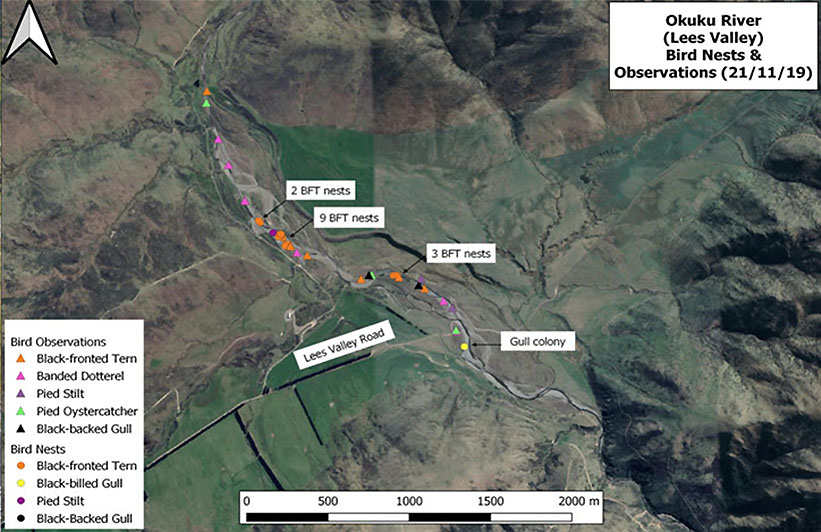
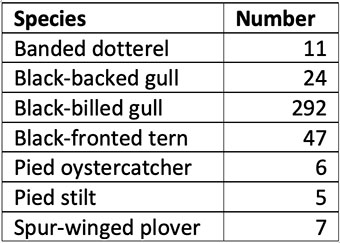
The BDOs were mainly in pairs and appeared to have finished nesting, however only 1 flying juvenile was seen. Most of the SBBG were resting on the ground close to tern colonies. Stilts were breeding in the area and 1 nest was found. The SIPO did not display obvious breeding behaviour.
Fourteen BFT nests were found – 2 were empty, 1 had a dead chick and a live chick in it, 1 had a single egg, the remainder had 2 eggs. No concerted effort was made to find nests, but they were quite easily located – those found would likely have been more than half the total present. Three clusters of nests were found – about 0.6, 1.4 and 1.5km upstream from the road crossing with 3, 9 and 2 nests respectively. The nests were on weed-free islands up to about 15m in width.
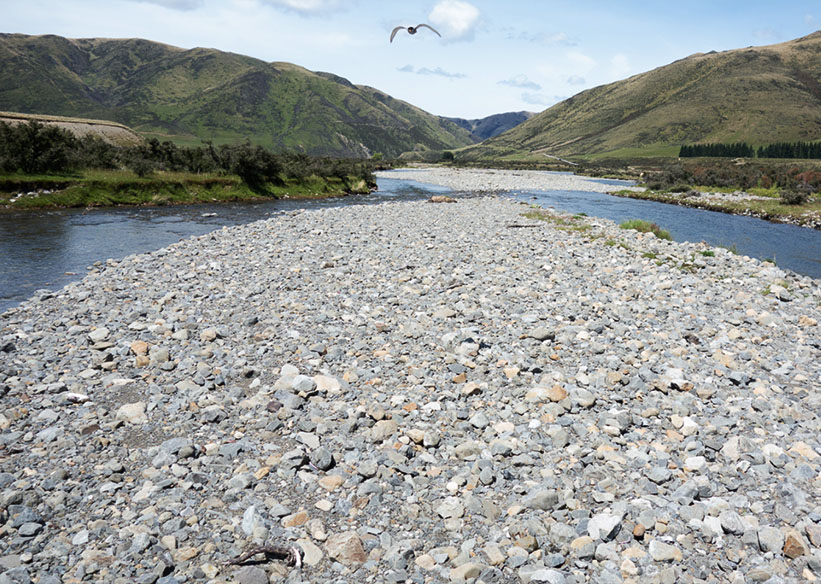
The previously observed BBG colony had expanded to 292 gulls – counted from a drone image. Chicks had yet to hatch. This colony was in coarse gravel on an island (see the image at the top of this post taken 29 November, looking toward Okuku Gorge).
The visit on 19 December was specifically made to monitor the tern and gull colonies. On this date there was no activity at the lower and upper BFT colonies, but at least 6 juvenile terns were seen at the middle and largest colony. Three were flying, another appeared to have a broken wing and 1 was yet to reach fledgling stage. The chicks were observed from the riverbank to minimize disturbance and it seemed likely there could be more than were counted.
On 19 December the wind was too strong to fly the drone, but the BBG could be counted quite accurately (198) off photographs taken from the adjacent high bank. The reduction in adult numbers since 21 November was in line with experience from colonies on the Ashley River (this happens while nest and chick numbers remain largely the same – non-breeding adults leave the colony and breeding adults spend more time away foraging). Most eggs appeared to have hatched with chicks ranging from recently hatched to perhaps about 2 weeks old.
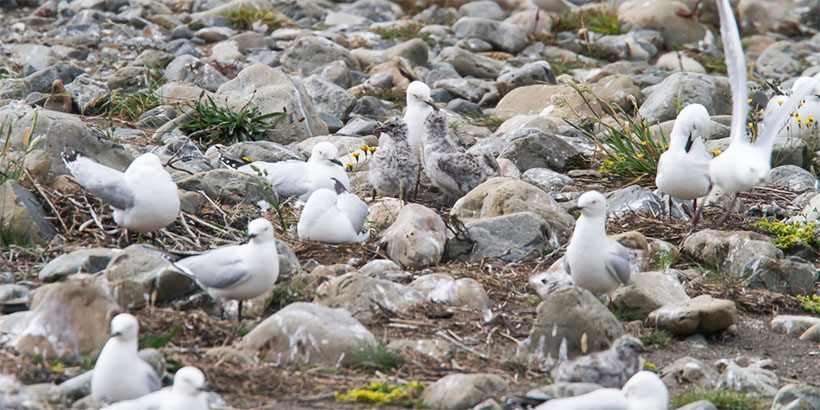
Discussion
In November braided river bird numbers were high on the short sections of the Ashley and Okuku Rivers that were traversed by ECan and BRaid. On the Ashley these numbers were likely boosted by the positive influence of gravel extraction. The following points are specific to the Okuku River:
- The black-billed gull colony appears to have been successful. Chicks were hatched and from the lack of predation evidence and low number of dead chicks in the colony area, many were likely fledged.
The black-fronted terns appear to have had some fledgling success, probably higher than that of those on the lower Ashley in 2019 – 2020.
- Ground predator numbers in the area seem low – no sign of predation was seen around the gull colony and the landowner/manager (Craig Thompson) reports having seen very few predators in his time on the property. Rabbits were common, this could perhaps lead to more predators in the future.
- Black-backed gulls are plentiful in the area, much more so than along the Ashley River. However, there was no evidence seen of them being active predators of braided river birds. Harrier numbers also seemed high.
- The area has notably few invasive weeds. The banks have mainly grass and matagouri with in places a number of native species present. The most obvious weed is Vipers Bugloss.
- Larks (pipit/skylark?) were abundant in the area.
- The contribution to braided river bird nesting success of such small out of the way rivers is probably underestimated. It is planned to revisit the Lees Valley next nesting season and to survey the Okuku for some kilometres upstream from where it enters the gorge. There could have been other nesting colonies upstream of those observed this year – the landowner mentioned that he may have seen more nesting terns higher up.
– Grant Davey

